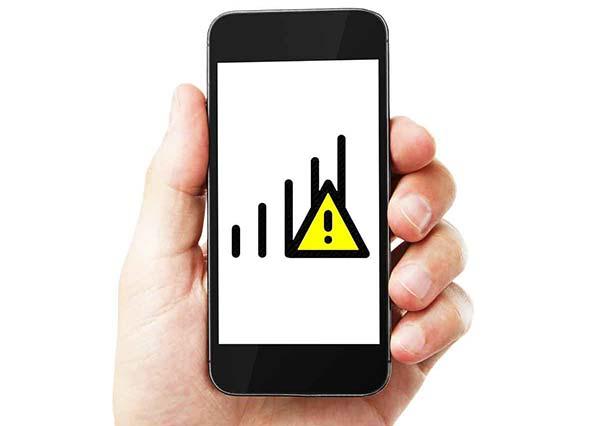The functionality of jammers lies in their ability to emit a signal at the same frequency with enough strength to interfere with and negate the original signal. When faced with minimal interference, cell phones are programmed to amplify their power, requiring signal jammers to identify and align with this heightened power level.
As full-duplex devices, cell phones communicate using two separate frequencies at once: one for sending audio and another for receiving it. Some jammers target just one of these frequencies, leading to the unintended consequence of blocking both. Consequently, the phone is misled into believing it has lost service, as it can only detect one frequency.
Basic jamming devices typically interfere with only one frequency band, while more sophisticated models can simultaneously block various types of networks. This functionality is crucial for preventing dual-mode or tri-mode phones from automatically switching between different network types in search of a signal. Some premium devices are capable of blocking all frequencies at once, while others can be adjusted to target specific frequencies.

To effectively jam a cell phone, one requires a device that transmits on the correct frequency. While different cellular systems process signals in various manners, all mobile networks rely on radio signals that can be disrupted. GSM technology operates in the 900 MHz and 1800 MHz bands in Europe and Asia, and in the 1900 MHz (also referred to as 1.9 GHz) band in the United States. Jammers can operate on any frequency and are effective against systems such as AMPS, CDMA, TDMA, GSM, PCS, DCS, iDEN, and Nextel. Both older analog phones and contemporary digital devices are susceptible to jamming.
A jammer's operational range is determined by its power level and the characteristics of the local environment, including potential barriers like hills or walls that can interfere with the jamming signal. Low-power jammers generally affect calls within a range of about 30 feet (9 meters), whereas high-power jammers can create a no-signal zone that spans the size of a football field. Devices utilized by law enforcement can disrupt service within a mile (1.6 kilometers) of their location.
Originally designed for law enforcement and military purposes, cell phone jammer serve to disrupt the communications of criminals and terrorists. Significant incidents, such as the March 2004 commuter train bombings in Spain, as well as the attacks in Bali in October 2002 and Jakarta in August 2003, were all executed using cell phones. It was reported that jammers played a crucial role in thwarting an assassination attempt on Pakistani President Pervez Musharraf in December 2003. Furthermore, British authorities considered utilizing jammers to ensure the safety of President Bush's motorcade during his visit to London in November 2004.
In situations involving hostages, police have the capability to manage the timing and location of calls made by the kidnappers. Additionally, during drug raids, law enforcement can restrict phone access to ensure that suspects cannot communicate with anyone beyond the immediate area.
